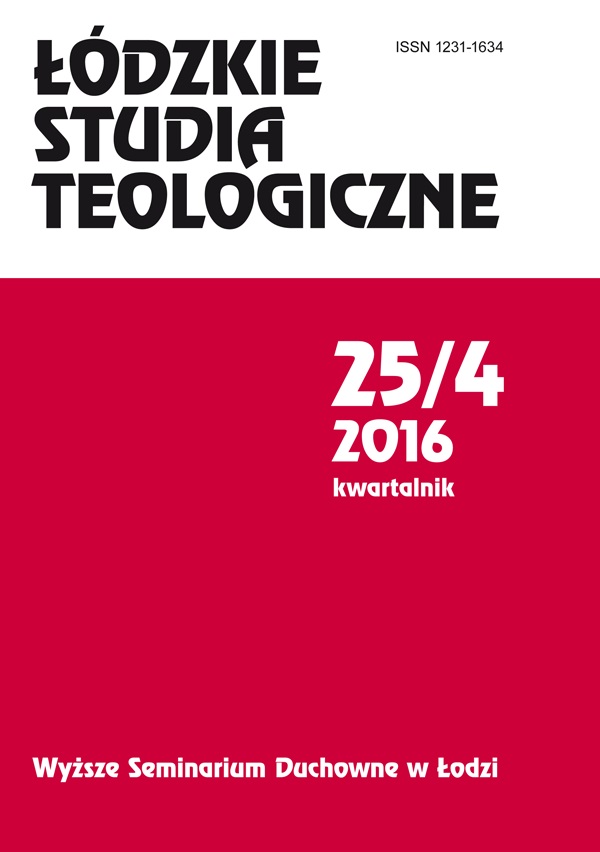Wspólnoty pentekostalne w Polsce i ich klasyfikacja
Pentecostal communities in Poland and their classification
Author(s): Leszek JańczukSubject(s): Christian Theology and Religion
Published by: Wyższe Seminarium Duchowne w Łodzi
Keywords: Pentecostalism; Pentecostals; Charismatics; Neo-Pentecostals; Neo-Charismatics
Summary/Abstract: Since the beginning of the Pentecostal Movement, several new doctrines have arisen, which have reshaped the Movement in new ways. In the postwar years, the practice of foot-washing during the Lord's Supper appeared. In 1968 the Branhamists appeared, whose influence was limited almost exclusively to the Determined Christians. In the 80s, the Faith Movement appeared, which caused a significant decomposition on the map of Polish evangelicalism. Several new denominations were created and several others were divided, some Churches changed their denominational affiliation. Around 1990, the New Apostolic Reformation appeared and at the end of the 90s, a movement of intercessors began. In addition, there were also teachings with a smaller impact scale (Brunstad Christian Church, “Toronto blessing”). Every new trend created a permanent decomposition of the widely understood Pentecostal movement in Poland. Despite a large number of different doctrines, Polish Pentecostal movement is divided into three main waves: Pentecostalism, Charismatics (Neo-Pentecostalism) and Neo-Charismatics.
Journal: Łódzkie Studia Teologiczne
- Issue Year: 25/2016
- Issue No: 4
- Page Range: 29-42
- Page Count: 14
- Language: Polish

